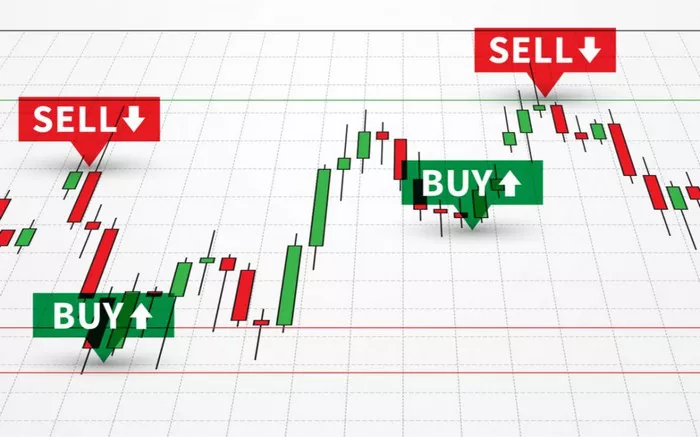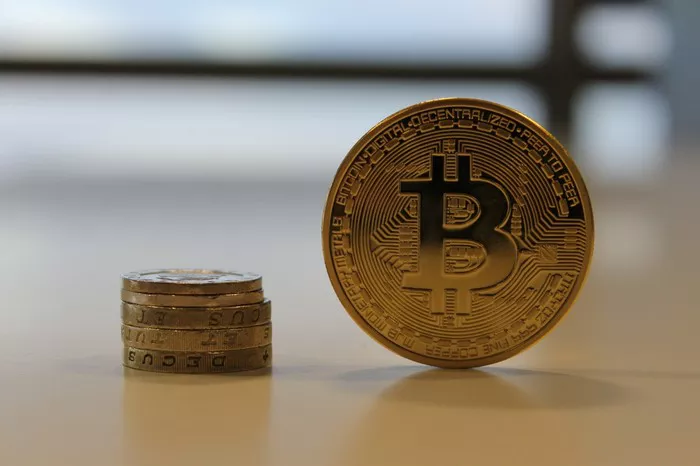In the world of international finance and currency trading, the EUR/USD pair holds a dominant position. Whether you are a beginner in Forex Trading or an experienced investor in the Forex Market, understanding the structure of currency pairs is essential. One of the most fundamental concepts in trading these pairs is the idea of the “base currency.”
So, what is the base currency in EUR/USD? The answer is straightforward: in the EUR/USD pair, the euro (EUR) is the base currency, while the U.S. dollar (USD) is the quote currency. However, the implications and understanding of this go much deeper. This article explores not only the definition but also the mechanics, significance, historical context, pricing logic, and strategic importance of the base currency, especially in the EUR/USD pair.
The base currency forms the foundation of your trading operations, quotations, analysis, and position sizing. To understand how traders and institutions interpret the Forex Price movements, it is crucial to know how the base currency functions in currency pairs like EUR/USD.
What Is a Currency Pair?
In the Forex market, currencies are quoted in pairs. This is because currencies are always valued relative to another currency. A currency pair includes two currencies: the base currency and the quote currency. The base currency is the first currency listed in the pair, while the quote currency is the second.
For example, in EUR/USD, the euro is the base currency, and the U.S. dollar is the quote currency. If the pair is trading at 1.10, it means one euro is equal to 1.10 U.S. dollars.
The Role of the Base Currency in EUR/USD
In the EUR/USD pair, the base currency (EUR) is the one you are buying or selling. The quote currency (USD) is used to measure the value of the base. When you see a price of 1.10, it means that it costs 1.10 U.S. dollars to purchase one euro.
The base currency serves as the benchmark for all transactions involving this pair. In practice, when a trader buys the EUR/USD, they are buying euros and selling an equivalent amount of U.S. dollars. Conversely, selling the pair means selling euros and buying dollars.
Why Is EUR the Base Currency?
The order of currencies in a pair follows standard international conventions. Major currencies like the euro, British pound, and U.S. dollar are assigned ranks. The currency with a higher ranking is placed first. The euro is ranked higher than the U.S. dollar, so in the EUR/USD pair, EUR appears first.
This system of base and quote currencies ensures consistency across all trading platforms and financial markets. It allows traders to universally understand how much of one currency is needed to buy a unit of the other.
How Is the EUR/USD Exchange Rate Determined?
The exchange rate of EUR/USD is determined by supply and demand dynamics in the global Forex market. A variety of factors influence these dynamics:
Interest rate differentials between the European Central Bank (ECB) and the U.S. Federal Reserve
Inflation rates in the Eurozone and the U.S.
Economic indicators such as GDP, unemployment, and manufacturing output
Political stability and fiscal policies
The stronger the euro relative to the U.S. dollar, the higher the exchange rate. If traders expect the Eurozone economy to outperform the U.S. economy, the euro appreciates, raising the EUR/USD rate.
How Traders Use the Base Currency
When placing a trade in the EUR/USD pair, the base currency determines how position sizes, profits, and losses are calculated. For instance:
If you buy EUR/USD at 1.10 and it moves to 1.12, the euro has strengthened, and your position is profitable.
If you sell EUR/USD at 1.10 and it drops to 1.08, you gain because the euro has weakened against the dollar.
This setup allows traders to speculate on the strength or weakness of one currency against another in a highly liquid market.
Calculating Profit and Loss Using the Base Currency
Profit and loss calculations in Forex trading depend heavily on the base currency. Here’s how:
When the base currency strengthens, a long position yields profit.
When the base currency weakens, a short position becomes profitable.
Let’s say you open a position of 10,000 EUR/USD at an exchange rate of 1.10. If the rate moves to 1.12 and you close the trade, your profit is:
(1.12 – 1.10) x 10,000 = $200
This calculation demonstrates how the base currency is central to every trading decision.
Impact of Economic Events on the Base Currency
Major economic events have a significant impact on the base currency. In the case of EUR/USD, news that strengthens the Eurozone economy typically increases the EUR’s value relative to the USD.
ECB interest rate hikes may push EUR/USD higher
Positive economic data (e.g., strong GDP or employment figures) boost investor confidence in the euro
Political stability or trade agreements in Europe may strengthen EUR as the base currency
Base Currency and Technical Analysis
Technical analysis of EUR/USD charts also revolves around the base currency. Traders use historical price data to analyze patterns, moving averages, support and resistance levels, and momentum indicators. All these tools interpret changes in the base currency’s value.
A trader analyzing a breakout above a resistance line on the EUR/USD chart is essentially betting on the euro gaining strength versus the U.S. dollar.
Base Currency vs. Quote Currency: Key Differences
The base currency and quote currency serve opposite roles:
Base currency is what you are buying or selling
Quote currency is what you pay or receive in exchange
Understanding this difference is vital for accurate interpretation of trade positions, risk exposure, and potential returns.
Base Currency in Other Major Pairs
The base currency concept applies to all Forex pairs, not just EUR/USD. For example:
In GBP/USD, the British pound is the base
In USD/JPY, the U.S. dollar is the base
In AUD/USD, the Australian dollar is the base
Learning to identify the base and quote currencies in each pair helps traders apply strategies more effectively across the market.
Historical Perspective of the EUR/USD Base Currency
Since the euro’s introduction in 1999, EUR/USD has been one of the most actively traded pairs. The euro has functioned as the base currency in this pair since inception. Over the years, economic crises, rate decisions, and political developments have caused dramatic shifts in its valuation.
Notable events include:
The 2008 global financial crisis
The 2010 Eurozone sovereign debt crisis
Brexit-related volatility
The COVID-19 pandemic and subsequent stimulus policies
How to Practice Identifying the Base Currency
One of the best ways to understand base currencies is through paper trading or demo accounts. Practicing with virtual funds helps solidify how exchange rates reflect the base currency’s strength or weakness.
It also helps you learn how small changes in price affect profits and losses when dealing with the base currency.
Base Currency and Currency Conversion
If you’re traveling or converting money for business, understanding which is the base currency can help you make better financial decisions. In money exchange booths or bank conversions, you’ll typically see the base and quote currencies displayed in similar fashion.
Knowing the role of the base currency ensures you’re not overpaying during conversions.
Conclusion
In the EUR/USD pair, the base currency is the euro. This simple yet vital concept forms the backbone of every trading and investment decision in the currency market. Understanding the base currency’s function helps traders analyze positions, manage risk, and interpret market signals more effectively.
From economic events to technical charts, the base currency influences every aspect of your trading strategy. As the cornerstone of all Forex transactions, mastering this concept is essential for long-term success.
Whether you’re a beginner learning how the Forex Market works or a professional refining your approach, a clear understanding of the base currency in EUR/USD will empower you to trade with confidence and precision.
Related topics:































